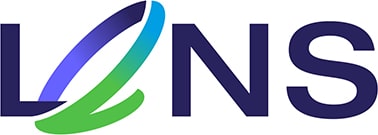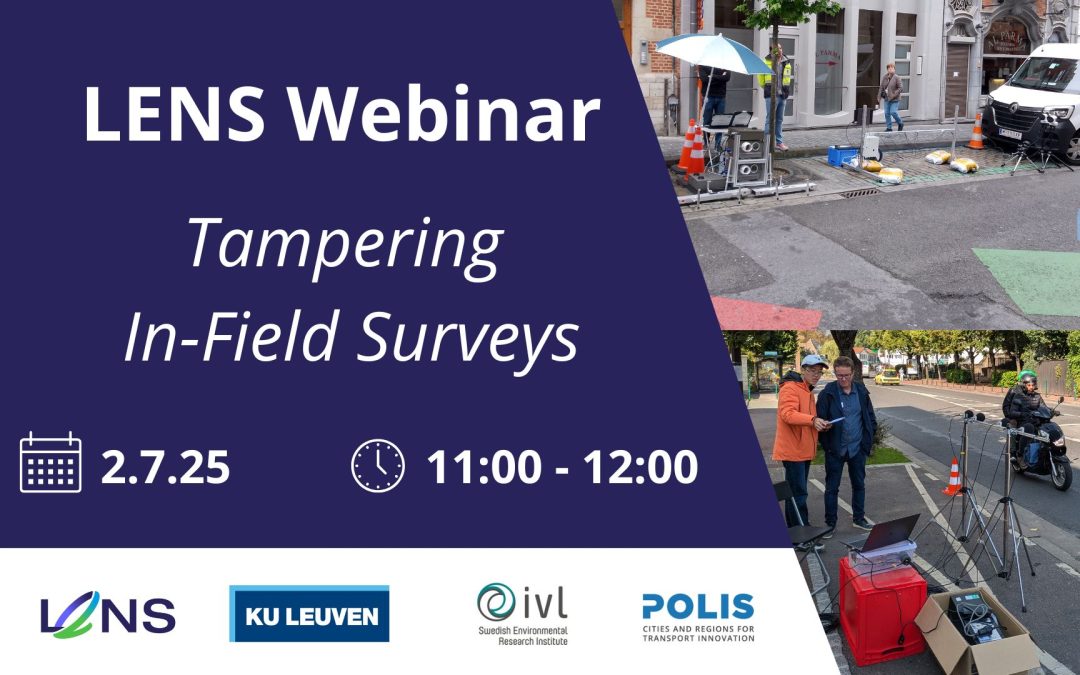The latest webinar showcased recent project results concerning the LENS tampering in-field surveys, which was co-organised by IVL Swedish Environmental Research Institute, POLIS Network, and KU Leuven. The one-hour webinar was held on 2 July 2025 and presented findings from the LENS project’s field campaigns investigating emissions and noise from L-vehicles in Leuven, Paris, and Barcelona, focusing on the detection and effects of vehicle tampering. More than 20 people joined the engaging online session with the LENS experts.
General test results
L-category vehicles were found to pose regulatory challenges due to their exemption from regular inspections and reliance on laboratory-based type approval testing. The LENS project aimed to address these issues by developing advanced measurement techniques and assessing the real-world environmental impacts of tampered LVs. In total, over 2,000 emissions measurements and 900 noise measurements were conducted, accompanied by roadside inspections in Leuven and Barcelona.
Results of air pollution tests
Using advanced instruments, over 2,000 vehicles were measured for pollutants. Results showed that newer vehicles had significantly lower emissions than older ones. Roadside inspections revealed that around 10 percent of vehicles were tampered with, often involving exhaust modifications. These vehicles were typically older, had larger engines, and were more likely to have two-stroke engines. Tampering was found to substantially increase on-road emissions and could be detected through changes in vehicle characteristics.
Results of noise pollution tests
Data showed that tampered vehicles, particularly those with modified mufflers, produced noticeably higher noise levels, especially in stationary tests and C-weighted roadside measurements. These vehicles also exhibited distinct sound characteristics, including increased roughness and tonality. Acoustic analysis suggested that such features could help identify tampering. While emissions have decreased over time, roadside noise levels showed no clear trends. Tampering was more common among vehicles with larger engine sizes and two-stroke engines. Overall, tampering significantly altered both the sound levels and acoustic profiles of L-category vehicles.
Presentations
Introduction to the LENS project – Ake Sjödin (IVL)
Results of air pollution measurement campaigns – Ake Sjödin (IVL)
Results of the noise pollution measurement campaigns – Herve Denayer (KU Leuven)

